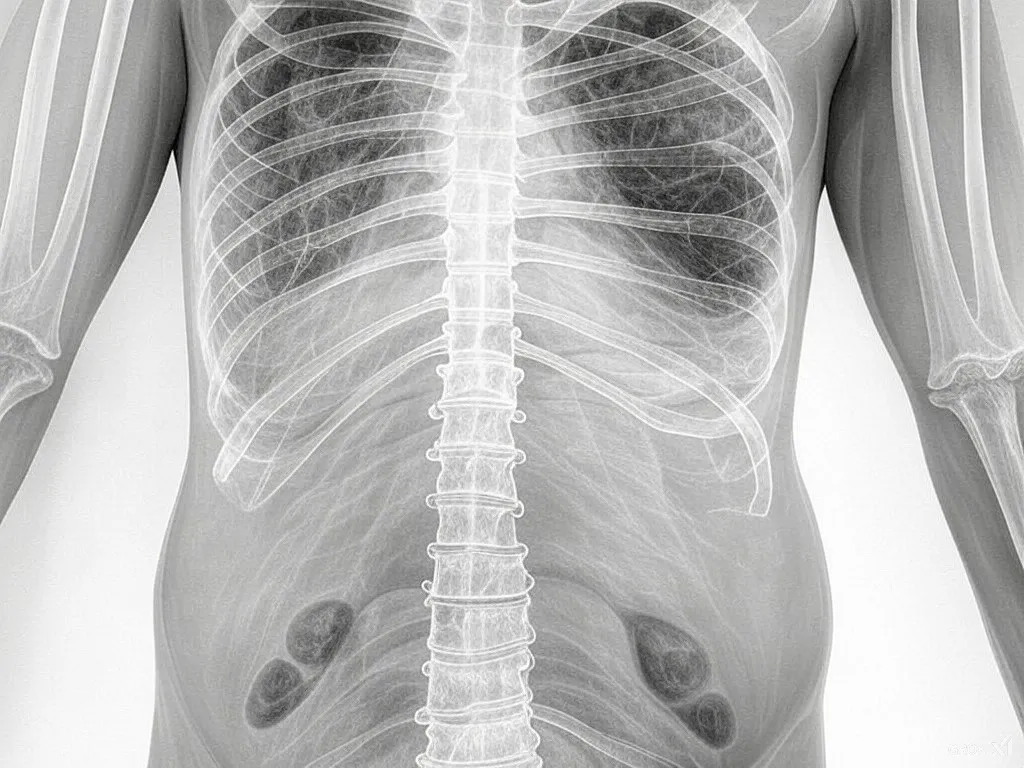Imagine your body throwing a secret rave where the real MVP isn’t the DJ or the flashy lights—it’s your brown fat, the unsung hero that’s always ready to get lit (literally). Unlike its lazy cousin, white fat, which just hoards calories like it’s collecting rare sneakers, brown fat is all about burning those calories to keep you warm when the chill hits.
This little legend is packed with mitochondria—tiny powerhouses that make it glow brown and super active. Think of it as your personal, built-in space heater that kicks into overdrive the moment the temperature drops. No need to call for backup; brown fat’s got your back when winter comes knocking.
What is brown fat
Brown fat, also known as brown adipose tissue (BAT), is a type of fat in humans and other mammals that's specialized for generating heat. Here are some key points about brown fat:
Heat Production (Thermogenesis): Unlike white fat, which primarily stores energy, brown fat burns calories to produce heat. This process is known as non-shivering thermogenesis and is particularly important in newborns to maintain body temperature.
Mitochondria: Brown fat cells contain a high number of mitochondria, which are the energy-producing structures within cells. These mitochondria in brown fat have a unique protein called uncoupling protein 1 (UCP1 or thermogenin), which allows the cells to produce heat instead of ATP (adenosine triphosphate), the molecule usually produced by mitochondria for energy.
Location: In adults, brown fat is primarily found in areas like the neck, above the collarbone, and near the spine. In infants, it's more widespread to help regulate body temperature.
Activation: Cold exposure can activate brown fat. When you're cold, your body might activate brown fat to generate heat. There's also research into other ways to activate brown fat, like through certain foods or pharmaceuticals, as a strategy for weight management since it burns calories.
Health Implications:
Obesity: There's interest in brown fat's potential role in combating obesity because of its calorie-burning properties.
Metabolic Health: Brown fat might influence insulin sensitivity and glucose metabolism, potentially offering benefits for conditions like type 2 diabetes.
White Fat Conversion: There's evidence suggesting that under certain conditions, white fat can be "browned" or converted into a type of fat that behaves more like brown fat, known as "beige" or "brite" (brown-in-white) fat. This process is called "browning."
Research: Much of the attention on brown fat in recent years comes from the discovery that adults have more active brown fat than previously thought, leading to studies on how to harness this for health benefits.
Newborns are basically born with this superhero on speed dial. They’re like mini human furnaces, making sure they’re toasty even when they can’t even walk yet. As we grow up, brown fat tends to take a backseat—kind of like that gym membership you once had but never really used. But hey, there’s still hope!
You can actually coax your brown fat into action. Try out cold showers, dabble in some cryotherapy, or even spice up your meals with some hot peppers (hello, capsaicin!). And don’t forget to move—it turns out working out might help convert some of that lazy white fat into a more energetic, brown fat-like version.
So, next time you’re freezing your butt off, just remember: inside you, there’s a badass internal heater ready to jump into action. Brown fat isn’t just about surviving the cold—it’s about doing it with style, proving that even your body’s fat can be a total boss.
